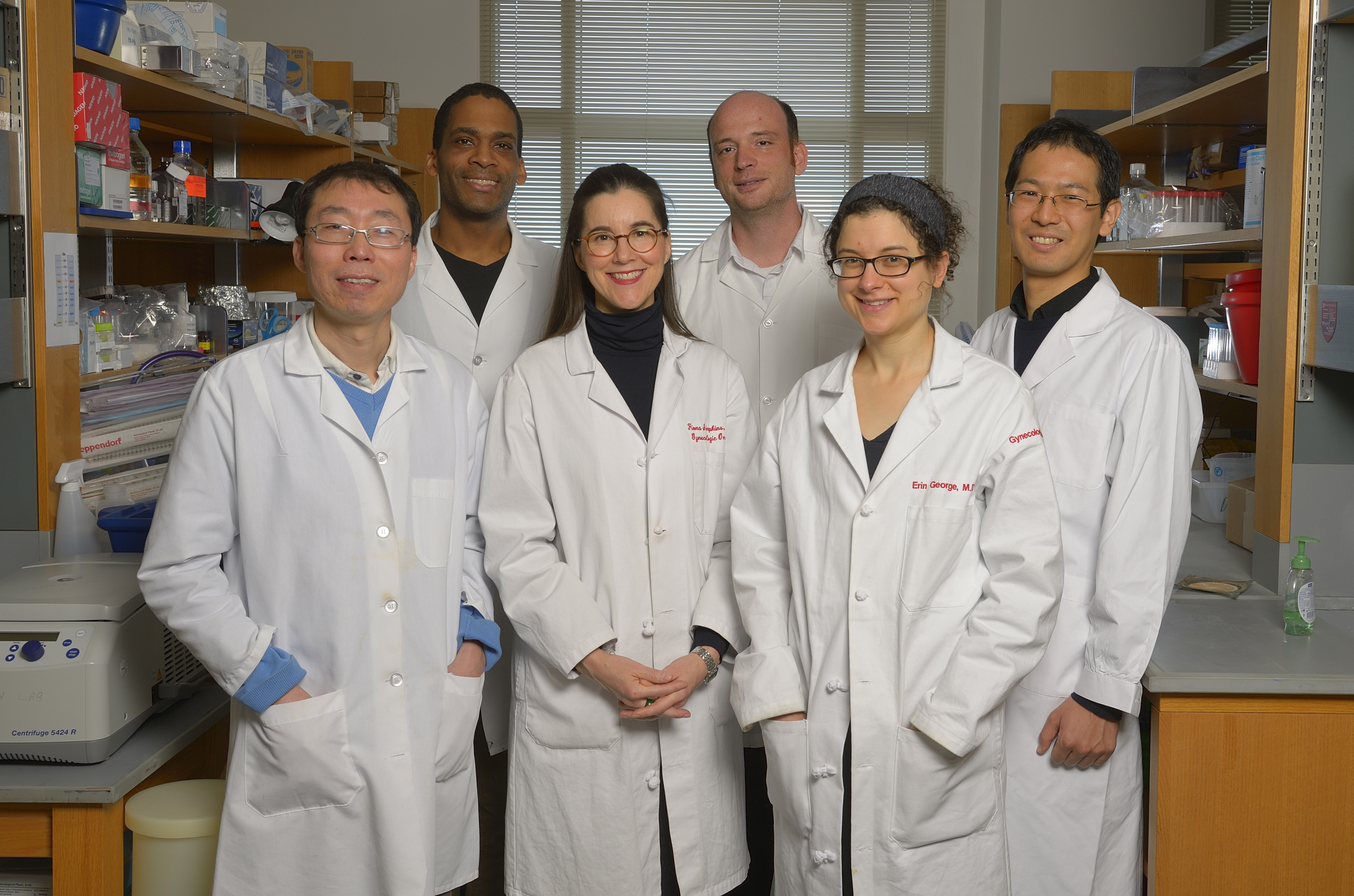Laboratory
The overarching goal of the Simpkins lab is to identify novel targets and strategies to overcome drug resistance in ovarian cancer and bring these new findings to the clinic. The laboratory has four areas of focus: (i) optimizing synthetic lethal approaches by exploiting genetic vulnerabilities in gynecological cancers with an emphasis on ovarian cancer, (ii) investigating biomarkers of response and resistance to targeted therapies by clinical trial tumor and blood studies (iii) investigating strategies to target “cancer-stem cells” in ovarian cancer, (iv) “humanizing” PDX models to evaluate the effects of targeted DNA damage agents on the human immune system.
The lab has developed a platform for preclinical drug development which includes novel experimental models such as primary tumor cell cultures and over 60 patient-derived xenografts (PDX). PDXs are derived from human ovarian tumors, which are characterized genomically, and proteomically. More importantly, the PDX platform depends on a unique orthotopic transplant technique which leads to the formation of a primary tumor which metastasizes to abdominal viscera. This approach results in a model which emulates the natural progression of ovarian cancer. The team has shown that their model maintains the characteristics of the patient’s original tumor, including mutation status, gene expression, and clinical response. The lab has developed and characterized relevant homologous recombination deficient (HR; i.e., BRCA1/2 mutant), CCNE1 amplified/over-expressing, PARP inhibitor-resistant, and platinum-resistant PDXs which represent >70% of ovarian cancers. The ultimate goal of the lab is to bring therapies with strong preclinical evidence learned in the laboratory to the clinic via phase I/II clinical trials.
News
Ovarian Cancer Translational Center of Excellence
April 2019
April 2019 The Ovarian Cancer Research Center is excited to announce the launch of the recently funded Ovarian Cancer Translational Center of Excellence (TCE) website. The TCE is supported by the Department of Obstetrics & Gynecology and the Abramson Cancer Center at Penn Medicine. The Ovarian Cancer TCE is transforming ovarian cancer research by eliminating the separation that sometimes occurs between research and patient care. It links the scientists who develop therapies in the lab with patient care we provide in the clinic and hospital. The TCE bridge will make it easier than ever before, to rapidly translate new laboratory findings into clinical practice and allow us to provide patients with new therapeutic options. click here for website



